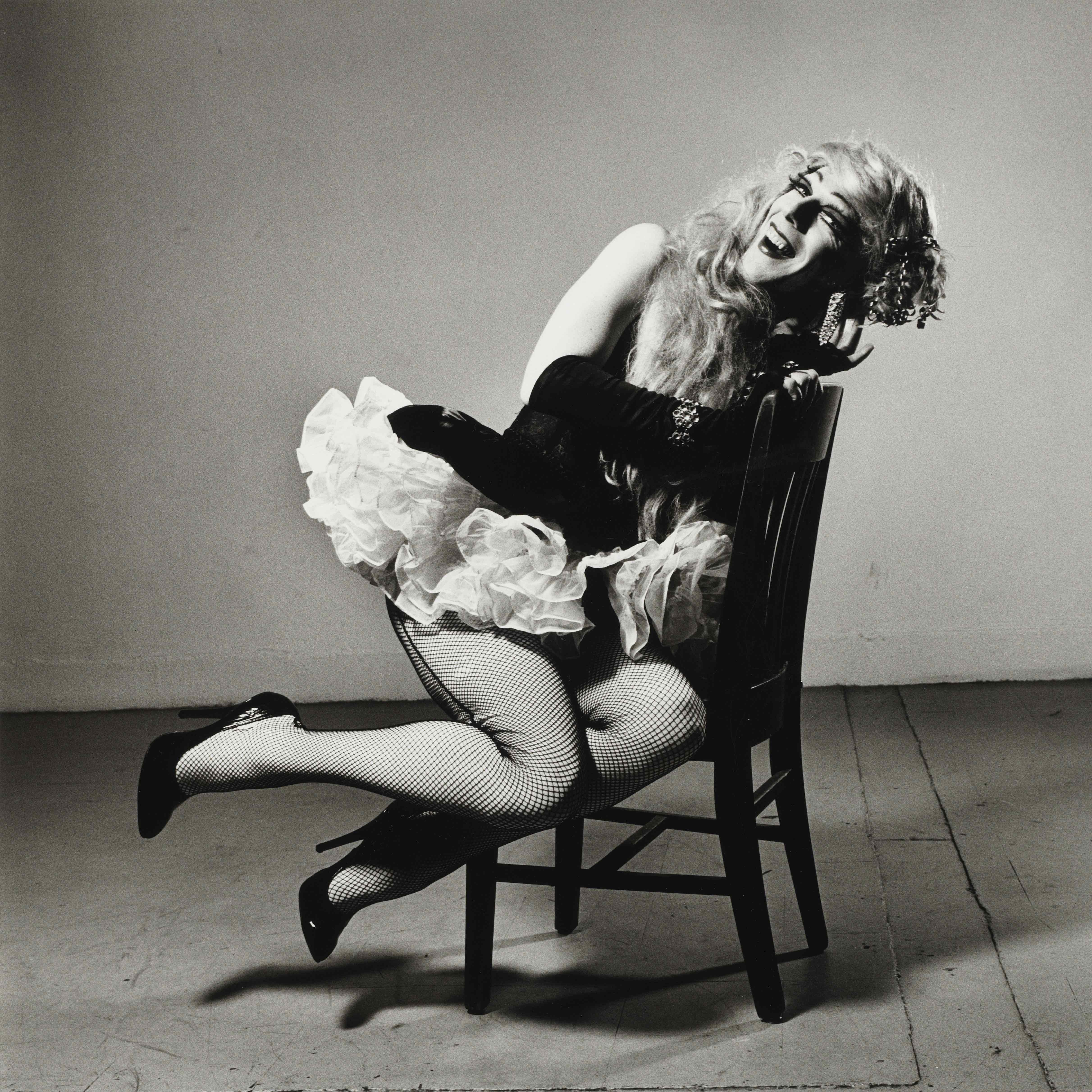The legend of the East Village’s greatest photographer

Peter Hujar (1934–1987) is your favourite photographer’s photographer – a man who lived independently, crafting a life in downtown Manhattan that flourished between the Stonewall uprising of 1969 and the AIDS crisis of the 1980s.
Inside his East Village loft, Hujar mastered his craft, pursuing the art without the burdens of commerce. Liberated from the strictures of the market, Hujar created a body of work that is as broad in subject matter as it is refined in technique and as original in perspective.
A new exhibition, Peter Hujar: Speed of Life, looks at the work the legend left behind, three decades after his death. The show presents 140 photographs drawn from the Morgan Library & Museum, New York, the most comprehensive public collection of the artist’s work. Curated by Joel Smith, the exhibition adopts the traditional retrospective format while staying true to Hujar’s vision.
![Self-Portrait Jumping (1) [photograph], 1974](https://www.tcocdn.com/wp-content/uploads/2018/01/self-portrait.jpg)
Self-Portrait Jumping, 1974
“Hujar was a fully rounded artist for whom a portrait was the model for what art could be,” Smith reveals. “He wanted to deliver an empathetic, living image of his subject: intensely clear, but respectful of mysteries behind the surface. His landscapes, waterscapes, night views, still lifes, skyscrapers, interiors of ruins, are spellbinding, gorgeously printed — and interrelated. Hujar knew it all added up; whenever he could, he showed the most diverse facets of his work side by side. But not only did his career end far too soon; he never had the chance, or instinct, to spell out what held his art together, or to broadcast it to the world.”
In his lifetime, Hujar avoided the path taken by his contemporaries, such as Robert Mapplethorpe, which helped to transform the market for art photography during the 1970s and 80s. “What’s challenging, or tortuous, for one artist is a pleasure for another,” Smith explains. “Hujar’s art is full of vulnerability, self-questioning, complexity, and fatalistic humour. To go from that sensibility to the mindset of self-promotion was poison, to him; all he could do was hope his work would make its own case.”

Susan Sontag, 1975
Speed of Life does precisely this, giving us a look inside the archive that is as authentic to the artist’s vision as possible. According to the 30 people that Smith has spoken with, Hujar as not easy to know closely, but worth knowing. “In the last years of his life, the 1980s, Hujar was, at age 50, a senior figure on the art scene in the East Village,” Smith reveals.
“He maintained both a forbidding exterior — think of the nighttime images, the cruising pictures, the haunted ruins and broken-into cars- — and a profoundly sensitive psyche, the kid who had never processed all his traumas. I put my finger on these paradoxes as someone reading his art. That, to me, is what Hujar’s art is about: looking straight into the eye of a hard world, and not for a second losing sight of his own self-knowledge, humour, yearning.”

Sheryl Sutton, 1977

Gay Liberation Front poster image, 1969

Steel Ruins (13), 1978

Candy Darling on Her Deathbed, 1973. Collection of Ronay and Richard Menschel

Public Garden, Taormina, Sicily, 1959
![Christopher Street Pier (2) [photograph], 1976](https://www.tcocdn.com/wp-content/uploads/2018/01/christopher-st-pier.jpg)
Christopher Street Pier, 1976

Boy on Raft, 1978

Dog, Westtown, New York, 1978

Ethyl Eichelberger as Minnie the Maid, 1981
Peter Hujar: Speed of Life is on view at the Morgan Library & Museum, New York (January 26 – May 20, 2018). A catalogue of the same name is available from Aperture.
Follow Miss Rosen on Twitter.
Enjoyed this article? Like Huck on Facebook or follow us on Twitter.
Latest on Huck

Analogue Appreciation: lullahush
Ithaca — In an ever more digital, online world, we ask our favourite artists about their most cherished pieces of physical culture. Today, it’s Irish retro-futurist lullahush.
Written by: lullahush

Spyros Rennt captures connection and tenderness among Berlin’s queer youth
Intertwined — In the Greek photographer’s fourth photobook, he lays out spreads of togetherness among his friends and the German capital’s LGBTQ+ party scene.
Written by: Isaac Muk

The rebellious roots of Cornwall’s surfing scene
100 years of waveriding — Despite past attempts to ban the sport from beaches, surfers have remained as integral, conservationist presences in England’s southwestern tip. A new exhibition in Falmouth traces its long history in the area.
Written by: Ella Glossop

Plestia Alaqad: “Journalists should focus on humanising people”
Huck’s April interview — Having become one of the most crucial and followed voices from inside Gaza in the aftermath of October 7, the award-winning author and journalist is releasing a new memoir, ‘The Eyes of Gaza’, collating diary entries made over the past 18 months. We caught up with her to hear more about it.
Written by: Isaac Muk

The instrument makers taking DIY music to a whole new level
What does it take to construct a modular synth? How do you turn a block of wood into a double bass? Here, four craftspeople explain why they chose to rip up the rulebooks and build their own music-making machines.
Written by: Daniel Dylan Wray

Southbank Centre reveals new series dedicated to East and Southeast Asian arts
ESEA Encounters — Taking place between 17-20 July, there will be a live concert from YMO’s Haruomi Hosono, as well as discussions around Asian literature, stage productions, and a pop-up Japanese Yokimono summer market.
Written by: Zahra Onsori